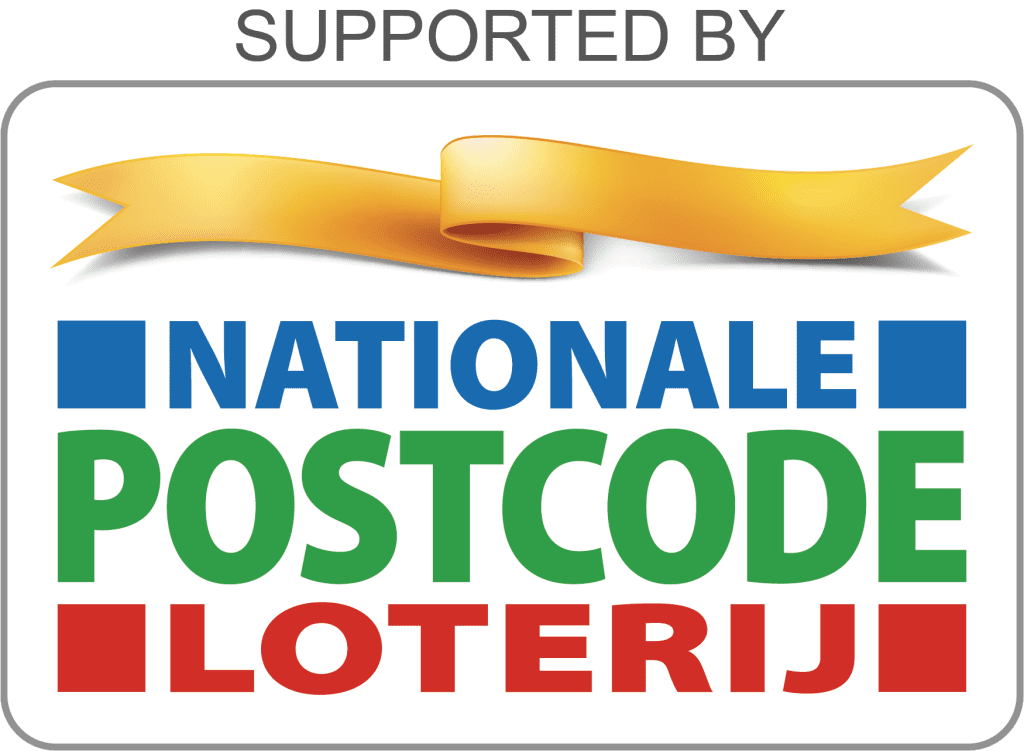Policy brief: tackling policy dilemmas for wetland restoration
08 December, 2025
Wednesday 23 september 2020
Header photo: Araripe manakin © Ciro Albano
The Oasis Araripe Reserve is a unique Tropical Moist Forest ecosystem located in the midst of the dry and thorny Caatinga Biome. The reserve is located along the slopes of the Chapada do Araripe: a plateau in the deep south of the state of Ceará, in Northeast Brazil.
The Chapada rises from the surrounding lowlands to an altitude of between 700 and 1000 meters. The increase in altitude combined with the hydrology of the plateau allows for this unique Atlantic Forest enclave to take place. Not surprisingly, these forests host rare and endangered species. The most famous is the Araripe manakin: a red-hooded bird of exceptional appeal and beauty.
It was only in 1998 that ornithologists described the Araripe manakin as new to science. It quickly captured the hearts of bird watchers around the world and became the most celebrated resident.
Sadly, the manakin is a very vulnerable species, especially because of its peculiar breeding preferences. It is estimated that less than 1.000 individuals remain. ‘Adult manakins only nest above running water and rely on vegetated streams and creeks to reproduce. This restricts them to limited breeding sites,’ says Marc Hoogeslag, senior expert nature conservation at IUCN NL.
Adult manakins only nest above running water and rely on vegetated streams and creeks to reproduce. This restricts them to limited breeding sites.
These streams are also commonly used as walking trails and cleared from vegetation on one or both sides, making them unsuitable for breeding manakin couples. ‘Lack of appropriate nesting territories due to destructive land use, habitat fragmentation and piping of the natural water sources for recreational use are extremely problematic for this small ranged, water dependent endemic,’ Hoogeslag adds.
Our local partner NGO Aquasis works hard to keep the Araripe manakin from going extinct. In 2004, they started with a successful awareness campaign. ‘In Crato, which is the nearest town from the Araripe Reserve, the Araripe manakin is now a local celebrity,’ says Hoogeslag.
Through land purchase to create the Oasis Araripe Reserve, outreach programs, education and above all, commitment and persistence, Aquasis is ensuring the survival of the Araripe manakin.
With the help of the IUCN NL Land Acquisition Fund, Aquasis extended the Oasis Araripe Reserve with an additional 69 hectares to its current total of nearly 150 hectares. These forests are possibly the most endangered remnants of Atlantic forest in Brazil and the 150 hectares of privately protected areas form a safe retreat for the Araripe manakin. Hoogeslag: ‘The reserve has the formal status of a Private Natural Heritage Reserve, which ensures the protection of natural land in perpetuity.’
The 150 hectares of privately protected areas form a safe retreat for the Araripe manakin
With the newly purchased hectares, the breeding grounds for the manakins can be improved. Hoogslag: ‘There is a fresh water source in the newly protected area. Aquasis changed the watercourses that flow from this source and they planted extra vegetation along the banks. They created the perfect breeding grounds for the manakin, so the species can survive.’
It is only within the reserve that nesting pairs are increasing, reflecting the importance of safe and protected water rich habitat. ‘Through yearly monitoring, Aquasis observed an increase in nesting pairs from 9 to 13 couples over the course of two years,’ says Hoogeslag. ‘Just 150 hectares can make the difference between survival and extinction for small ranged endemics like the Araripe manakin,’ Hoogeslag concludes.

Since 2001, with its land acquisition fund, IUCN NL provides funds for local NGOs, like Acquasis, to acquire threatened patches of wilderness to protect and connect the – often fragmented – habitats of endangered species. The land acquisition fund is made possible through the generous support of the Dutch Postcode Lottery.